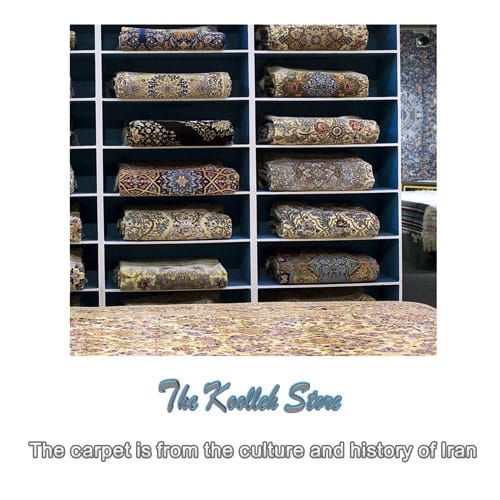The carpet is from the culture and history of Iran

Alireza Ismaili in the press conference of the conference “Carpet, Tradition, Art” referring to the nature of carpet in recognizing the identity and history of the country, said:
Referring to the role of science in promoting the position of traditional arts in the country such as carpets, he said: “In the educational space of the country, several fields have been created at the undergraduate and graduate levels that students and enthusiasts can be scientifically trained in various branches of art.” In a creative context, let’s see the formation of new designs and maps.
He mentioned the translation of works on the subject of Iranian carpets as one of the activities of the Academy of Arts and said: “The conference” Carpet, Tradition, Art “is in line with the activities of this collection, which has been done alongside exhibitions, making documentaries and conducting research articles.
Ismaili pointed to the potential of carpets in the country’s economy and said: “Carpets have played an important role in the country’s economy throughout history and many people are directly and indirectly involved in carpet production and trade, which can be claimed that no art in terms of learning to It is not the size of the carpet, and this can show the importance of the carpet in terms of job creation.
Explaining the position of the carpet, the head of the group of traditional arts and crafts of the Academy of Arts said: “Art that creates the power to create a connection between material and spiritual life will be lasting.” The carpet is associated with everyday life and a reference to the afterlife, which has retained its place in the culture and customs of the Iranians and Muslims. The carpet was a reflection of the throne and a reflection of the Minoan world, and for this reason an Iranian had to spread it in his house and under his feet.
Hassan Balkhari complained about the loss of the position of Iranian carpet production in the world and said: “Unfortunately, about 70 years ago, we lost our mastery in the world carpet industry. The phrase” handicrafts “has nothing to do with industry because the emergence of ideas and abstraction in creating a The weaver becomes important.
In the end, Balkhari expressed his hope that with the support of the government, traditional and handmade carpets will increase its presence in homes, and also that conferences such as “Carpets, Traditions, Art” will be held in order to revive this position.
Explaining the goals of the event, the scientific secretary of the conference, “Carpet, Tradition, Art” said: “The main purpose of this event is to identify handmade carpets by recalling its distinctive features that can be considered in its form and content.”
Touraj Jouleh mentioned tradition and art as two important features of Iranian carpets and said: “With this focus, the topics in the conference call were divided into three sections: scientific, exhibition and film. The published works of this conference are focused on handmade carpets and carpet weaving.” Next to the exhibition, traditional and visual weaves are other important parts of the exhibition.
Jouleh said: “Films that have been produced on the subject of carpets during the last century will be reviewed under the supervision of the scientific secretary of this section, Alireza Ghasem Khan, and we will show them during this conference and hold specialized meetings.” To see if our filmmakers had a correct and original view of tradition and art on the Iranian carpet.
Emphasizing on conducting research projects in carpet science, the scientific secretary of the conference “Carpet, Tradition, Art” said: “Germany has been a flagship in the field of carpets, in other words, the knowledge of our carpet is about a century behind the Western world.” In the last decade, with the formation of an educational and scientific system in traditional arts such as carpets and the creation of a doctoral program in carpet we were able to produce effective scientific products.






